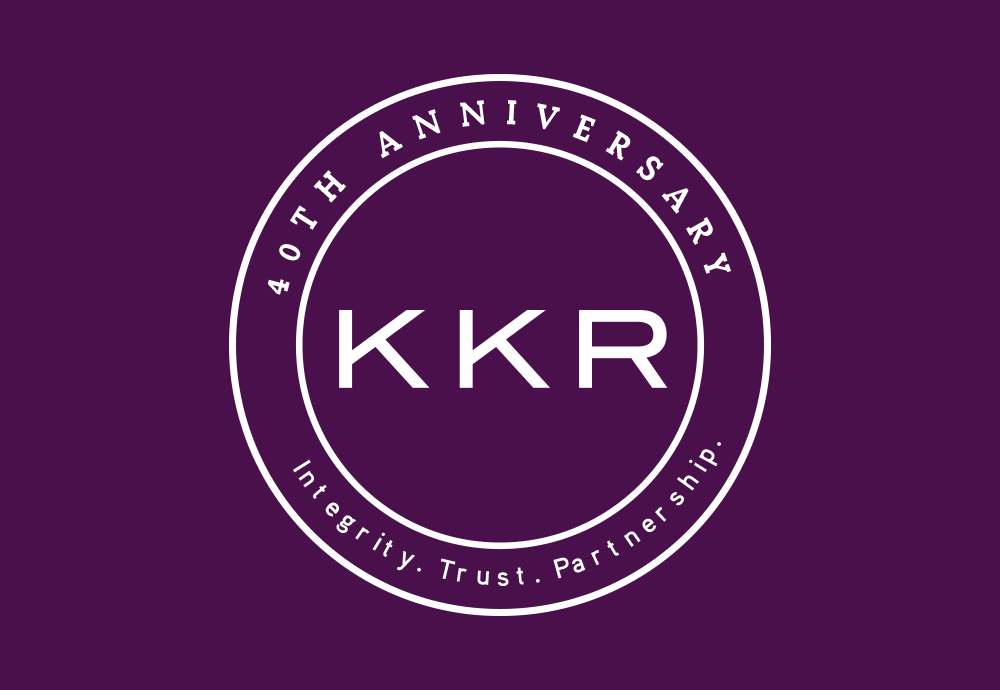A Whirlwind of Change: Walgreens and Sycamore Partners Reshape the Future
Walgreens is currently undergoing a significant transformation, marked by its transition to private ownership under Sycamore Partners. This strategic move, combined with a rigorous store optimization initiative, has resulted in performance that exceeded Wall Street expectations. The pharmacy chain’s recent quarterly report highlighted earnings of 63 cents per share – well above the 53-cent consensus forecast. These developments not only signal operational improvements but also indicate a bold new chapter in Walgreens’ storied history as a publicly traded giant in the pharmaceutical industry.
Financial Updates and Strategic Shifts
Recent quarterly earnings underscore the positive results of Walgreens’ strategic overhaul. Key initiatives, including the closure of underperforming locations, have directly contributed to a boost in earnings per share. These improvements are pivotal in reinforcing the company’s market position and enhancing perceptions among financial analysts. The revised figures bring several important aspects to light:
- A sustained increase in earnings per share
- Surpassing the average analyst projections
- Rigorous measures to eliminate inefficient operations
- The beginning of a new era as Walgreens transitions to a private company under Sycamore Partners
This turn of events, further emphasized by the cancellation of forecasts for the fiscal year 2025, highlights Walgreens’ commitment to reshaping its business model. The upcoming privatization not only promises greater decision-making agility but also presents an opportunity to fully focus on streamlined operations without the pressures of public market scrutiny.

The Road to Innovation and Business Transformation
The evolving landscape at Walgreens is a testament to its proactive approach to business innovation. Moving away from the conventional constraints of public ownership, the company is set to leverage new management strategies that prioritize swift decision-making and operational efficiency. The privatization process under Sycamore Partners is paving the way for an agile management structure capable of incorporating cutting-edge technologies and modern business practices. Key milestones in this transformation include:
1. The strategic shutdown of non-performing pharmacy locations
2. A comprehensive review and adjustment of operational strategies
3. Strengthening collaboration with Sycamore Partners
4. Preparing for the completion of the privatization deal in the fourth quarter
5. Reassessing future growth prospects based on the new business model
Each step underscores a deep commitment to transforming Walgreens into a leaner, more forward-thinking organization. These moves are designed to not only stabilize the company’s financial performance but also position it for long-term growth amid a rapidly changing market environment.

The Key to Successful Strategic Implementation
Achieving success amid constant market changes demands not just bold strategic decisions, but also operational precision. Walgreens’ recent achievements vividly illustrate the power of reorganization and proactive management in overcoming challenging market dynamics. Several factors have been instrumental in this transformation:
- Enhanced operational efficiency by closing loss-making segments
- Improved market confidence through transparent and robust financial performance
- Faster, more flexible decision-making under private ownership
- A focused drive toward long-term business stabilization in the pharmaceutical sector
- Strategic realignment to support sustainable growth and innovation

Walgreens’ journey highlights how decisive restructuring and strategic vision can reverse declining trends, enabling a company to retain its competitive edge even in a volatile economic landscape. Expectations are high that the finalization of the privatization deal in the fourth quarter will serve as a pivotal turning point, ushering in a new era of performance and operational excellence.
In conclusion, the strategic actions undertaken by Walgreens demonstrate a clear commitment to evolving with the market. The collaboration with Sycamore Partners and a dedicated focus on internal efficiency are carving out a promising future. This case serves as an emblematic example for businesses in the healthcare and retail sectors, illustrating that with sound management and timely operational adjustments, even entrenched market leaders can thrive under new conditions.


















Comments